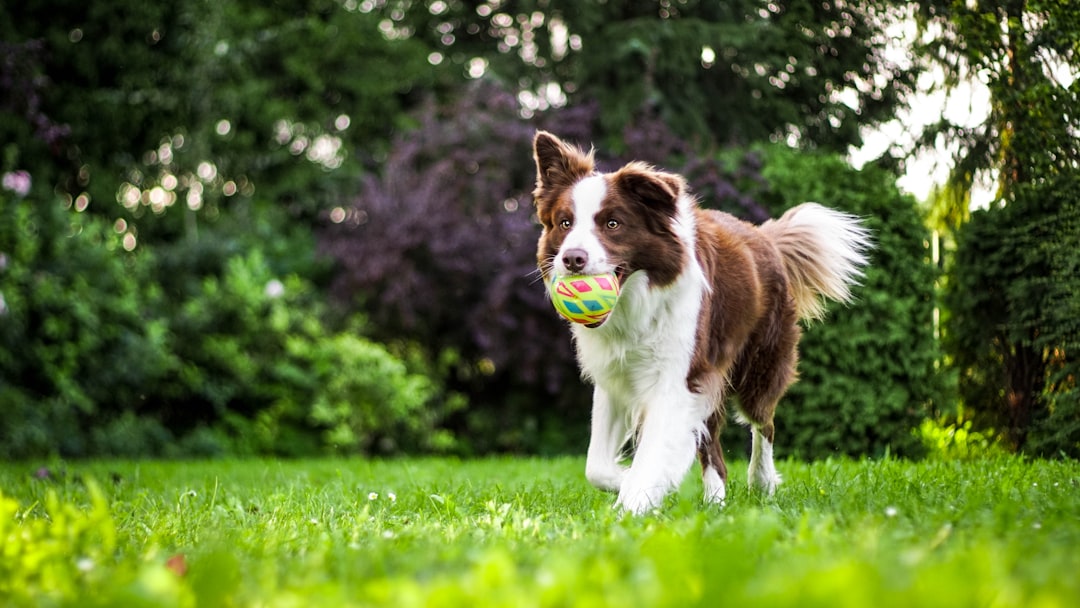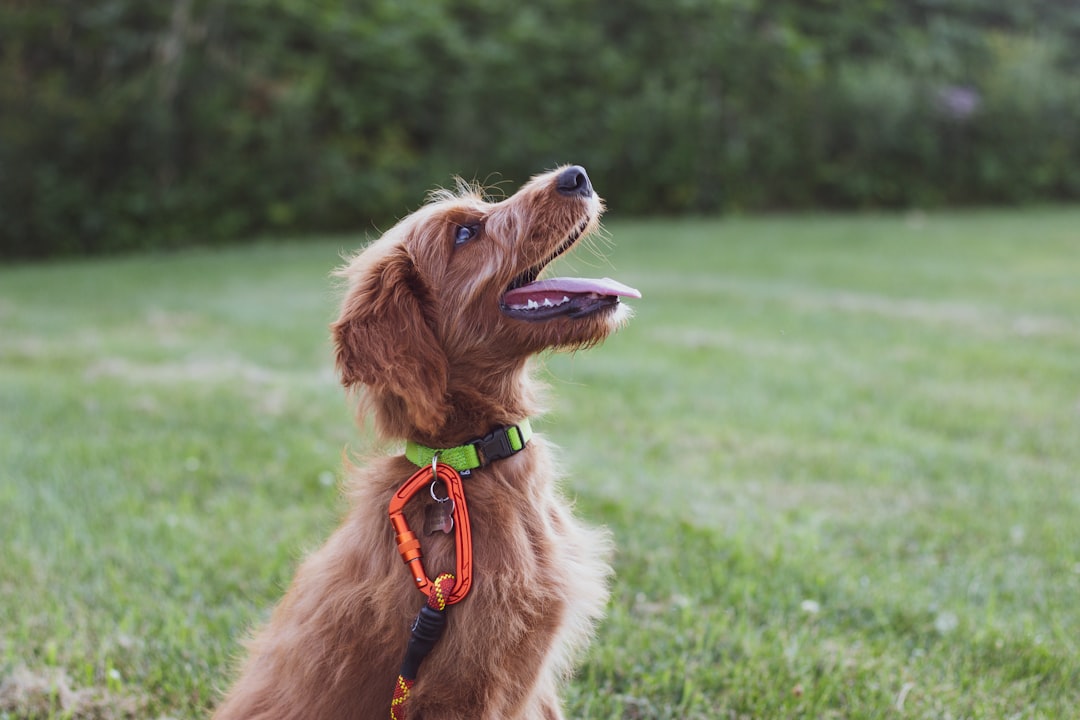Structured Training and Boundaries for Preventing Dog Jumping
Learn how to prevent dog jumping by creating a structured environment and setting boundaries, which can reduce stress levels and behavior problems in dogs, while also promoting their well-being and confidence.
Understanding the Importance of Structure and Boundaries in Dog Training
Creating a structured environment for your dog is crucial for preventing jumping behavior. By implementing controlled stress, you can help your dog develop the necessary skills to handle greater stress later in life. One way to achieve this is by incorporating give and take games, which are an excellent method to teach your dog to have the right feelings around their food. This structured approach to their feeding routine helps them understand boundaries and expectations.
In addition, controlling your dog’s food and giving them a high degree of comfort about food security is extremely valuable. It contributes to their overall well-being and helps establish a sense of order and structure in their daily life. This controlled approach to their food creates a routine that your dog can rely on, reducing anxiety and promoting a sense of security. By ensuring a structured and consistent feeding schedule, you can effectively set boundaries and prevent unwanted jumping behavior.
Creating a Structured Environment for Your Dog
Creating a structured environment is fundamental in preventing dog jumping behavior. It involves more than just controlling the dog’s food; it also encompasses providing a high degree of comfort about food security. For example, implementing controlled stress by incorporating interactive games and training exercises can help dogs develop the essential skills to handle greater stress later in life. These controlled stress situations can be beneficial for dogs and contribute to their overall well-being.
In addition to controlling food and implementing controlled stress, structured walks are important for ensuring a dog’s well-being. By establishing a routine of structured walks, dogs can learn to have the right kinds of feelings around their food, which can contribute to reducing jumping behavior. These walks provide physical exercise, mental stimulation, and the opportunity for dogs to explore their surroundings, all of which are essential for a dog’s overall health and happiness.Structured walks can also help establish a sense of routine and predictability for dogs, which can be comforting and reassuring for them.
Setting Boundaries to Prevent Dog Jumping
Setting boundaries with dogs is crucial for discouraging jumping behavior. By using permission-based training, you can shape good behaviors and teach dogs right from wrong. This involves establishing consistent rules and expectations, allowing dogs to earn rewards such as food, walks, and affection through good behavior, which underscores the importance of setting clear boundaries.
For instance, when teaching a dog to avoid jumping, you can set boundaries by requiring the dog to sit calmly before receiving any attention or treats. This teaches the dog that jumping is not an acceptable behavior, and good behavior is rewarded with positive reinforcement. Additionally, setting boundaries with food can involve using “give and take” games to ensure the dog has the right feelings around their food, further reinforcing the importance of respecting boundaries.
Furthermore, boundaries with space and interactions with other people are equally important. For instance, setting clear rules about when the dog is allowed to approach guests can prevent jumping and promote appropriate social behavior. By consistently reinforcing these boundaries, dogs learn to respect limits, which effectively discourages jumping behavior and fosters a well-behaved and respectful pet.
The Role of Structured Walks in Preventing Dog Jumping
Structured walks not only provide exercise for your dog but also play a significant role in ensuring their overall well-being. When dogs have a routine of structured walks, they are more likely to feel secure and balanced, which can contribute to preventing jumping behavior. For example, when dogs have a consistent walking schedule, they are less likely to exhibit restless behaviors at home, such as excessive jumping, as they have an appropriate outlet for their energy and stimulation.
Additionally, structured walks can also impact a dog’s feelings around their food. When dogs have a routine of structured physical activity, it can positively influence their emotional state, leading to a more relaxed and calm demeanor during feeding times. This can be particularly beneficial when teaching dogs to have the right feelings around their food, as they are less likely to exhibit impulsive behaviors like jumping to reach their food. By associating structured walks with a calm and relaxed state of mind, dogs are more likely to exhibit similar behaviors in other areas of their lives, including mealtime. This further underscores the importance of incorporating structured walks into a dog’s routine to prevent jumping behavior and promote a balanced emotional state.
Consistency in Setting Boundaries with Dogs
Consistency plays a pivotal role in setting boundaries with dogs to discourage jumping behavior. It is crucial to resist the innate inclination to be generous and trusting when establishing boundaries, as consistency in teaching rules and boundaries is vital for preventing unwanted behavior. Dogs thrive on routine and clear guidelines, which helps them understand what is expected of them in various situations. For example, if a dog is not allowed to jump on people when they enter the house, it’s important for every family member and visitor to consistently enforce this rule.
Furthermore, overcoming hormonal barriers to setting boundaries with dogs demands patience and persistence. Dogs, like humans, experience hormonal responses that influence their behavior and interactions. By consistently reinforcing boundaries and expectations, owners can guide their dogs to display appropriate behavior, such as not jumping on guests or begging for food at the dinner table. This consistent approach helps the dog understand what is acceptable and what is not, ultimately leading to a well-behaved and respectful canine companion.
Practical Tips for Creating a Structured Environment and Setting Boundaries
When creating a structured environment for your dog, one practical tip is to establish a consistent daily routine. Dogs thrive on predictability, and having a set schedule for feeding, walks, and playtime helps them understand what is expected of them and reduces anxiety. For instance, feeding your dog at the same times each day and taking them for walks on a regular schedule contributes to a structured environment, reinforcing the notion of predictable routines and clear expectations.
Another important tip is to use permission-based training to teach your dog to avoid jumping. This method involves requiring your dog to earn rewards such as food, walks, and affection through good behavior. For example, before giving your dog attention or a treat, ask them to sit or remain calm, reinforcing the behavior you want to see. By setting these boundaries and making rewards contingent on good behavior, you establish a clear understanding of expectations, which helps prevent jumping and other unwanted behaviors.
Consistency is key when setting boundaries to discourage jumping behavior. It’s crucial to resist the natural response to be generous and trusting, and instead, consistently enforce the rules you’ve established. For example, if your dog is not allowed on the furniture, it’s important to enforce this boundary every time, without exceptions. This consistency helps your dog understand that the rules are non-negotiable, contributing to a structured environment and preventing jumping. Therefore, by implementing these practical tips, you can create a structured environment and set clear boundaries to prevent dog jumping and promote overall well-being.



